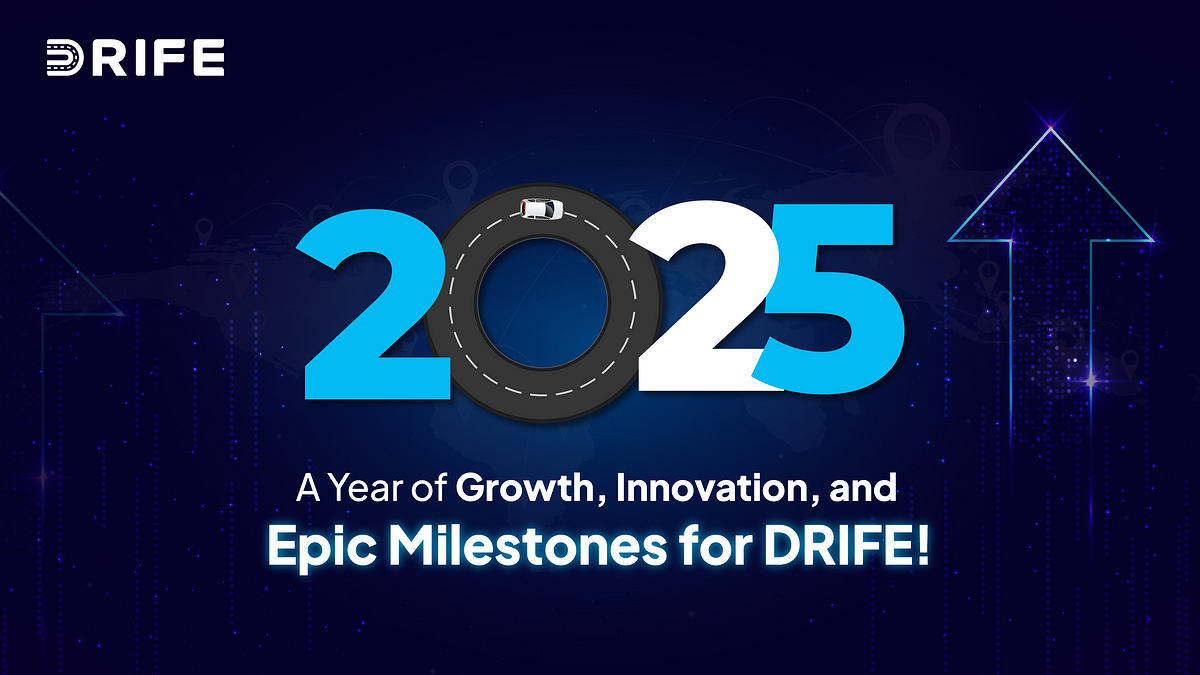DRIFE Accelerates into 2025 with Major Innovations and Expansions

In 2025, DRIFE is set to revolutionize the ride-hailing industry with a series of exciting innovations and expansions. Following a successful 2024, the company plans to broaden its reach into major cities across India, North Africa, Europe, and Southeast Asia. This expansion aims to alleviate the commuting woes of urban dwellers, offering a reliable alternative to traditional transportation. DRIFE’s commitment to growth is not just about geographical expansion; it also includes enhancing user experience and engagement through innovative features and services.
One of the standout initiatives is the introduction of token rewards, allowing users to earn DRF tokens through various activities such as sharing location data and referring friends. This gamification of the commuting experience transforms everyday rides into potential side hustles, making it an attractive option for users. Additionally, DRIFE is launching the Infinity Pool, a staking mechanism that connects users’ rewards to the performance of multiple cities, thus integrating decentralized finance with global mobility in a novel way.
Moreover, DRIFE is enhancing transparency by putting ride-related data on the blockchain, ensuring users can verify operations through a public dashboard. Personalization features will also be rolled out, tailoring ride experiences to individual preferences. With new ride categories like Ride Now and Scheduled Rides, as well as expanded multi-language support, DRIFE is poised to cater to a diverse user base. As the company gears up for an ambitious year ahead, it invites users to engage and share their thoughts on future expansions, emphasizing a collaborative approach to redefining transportation.
Related News





